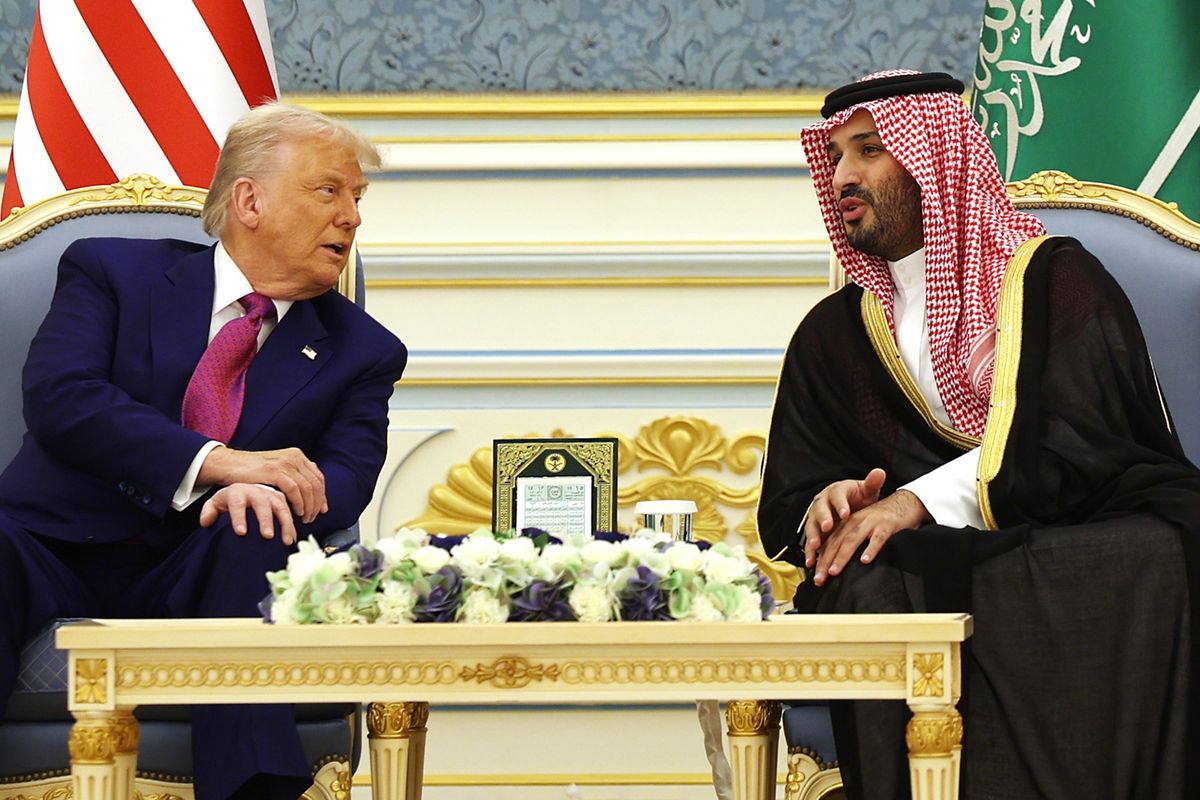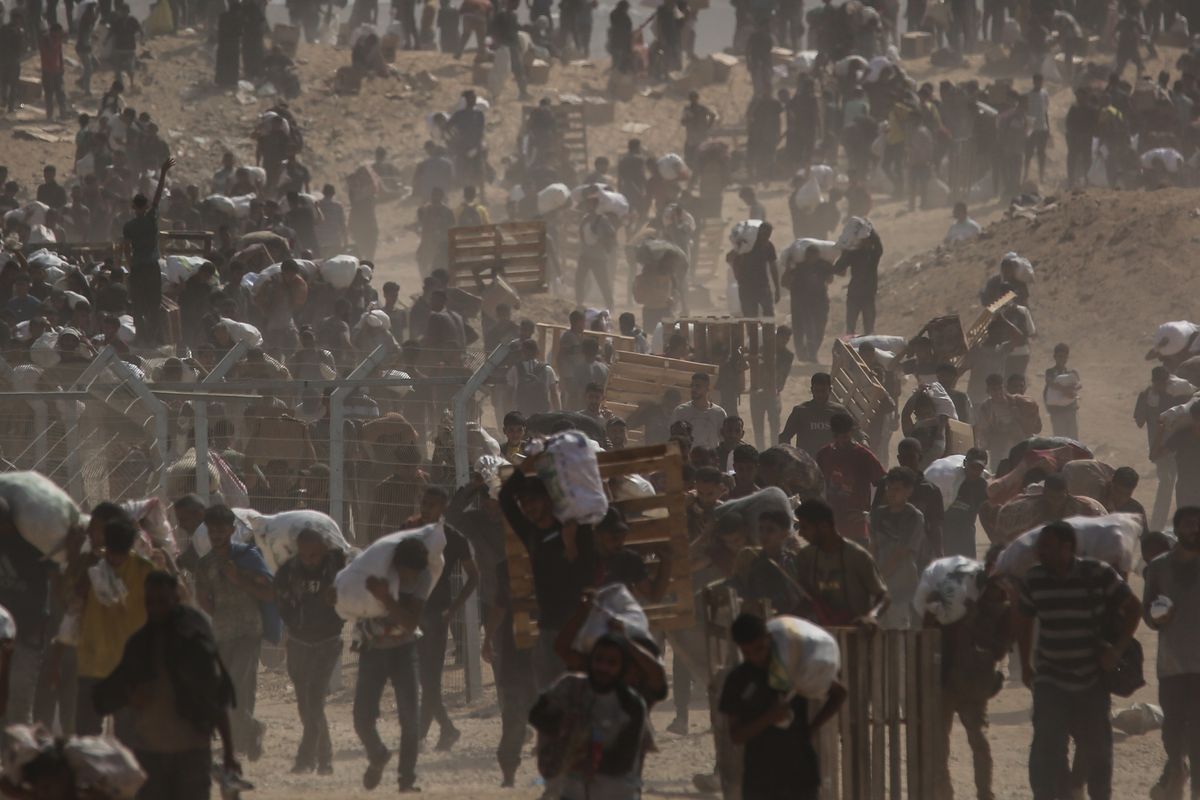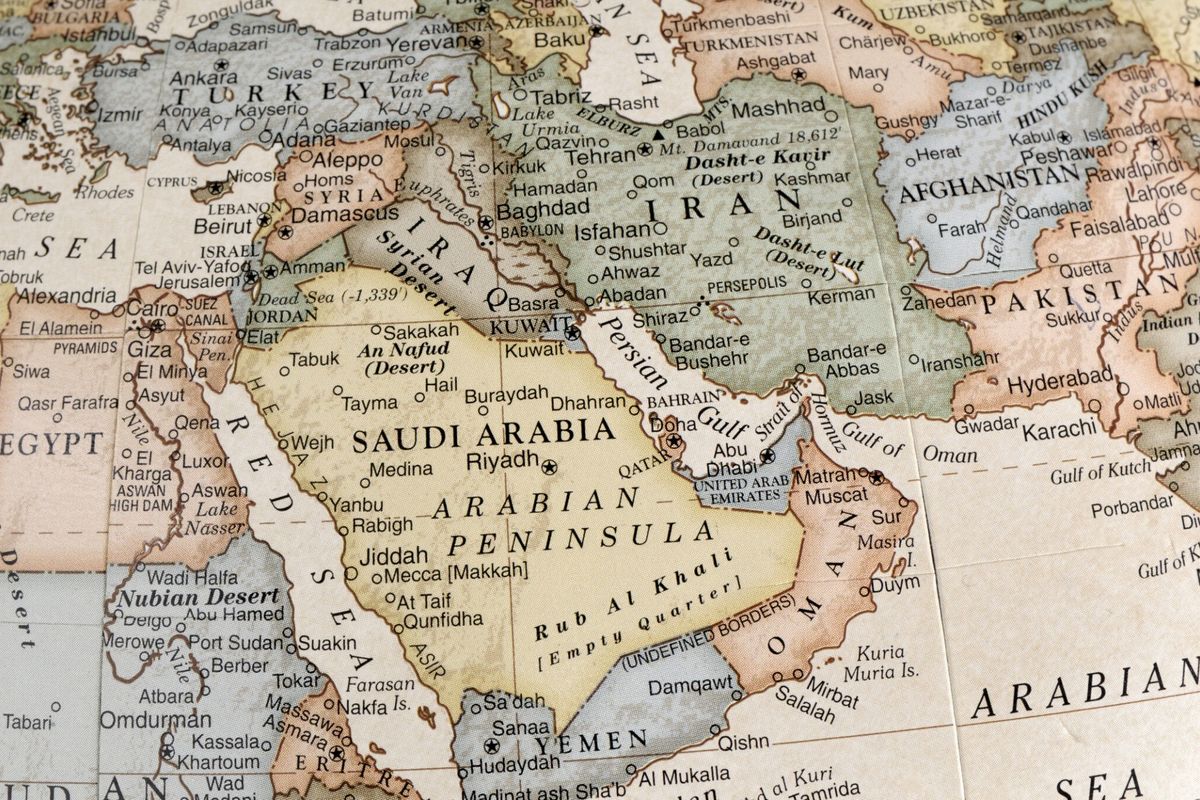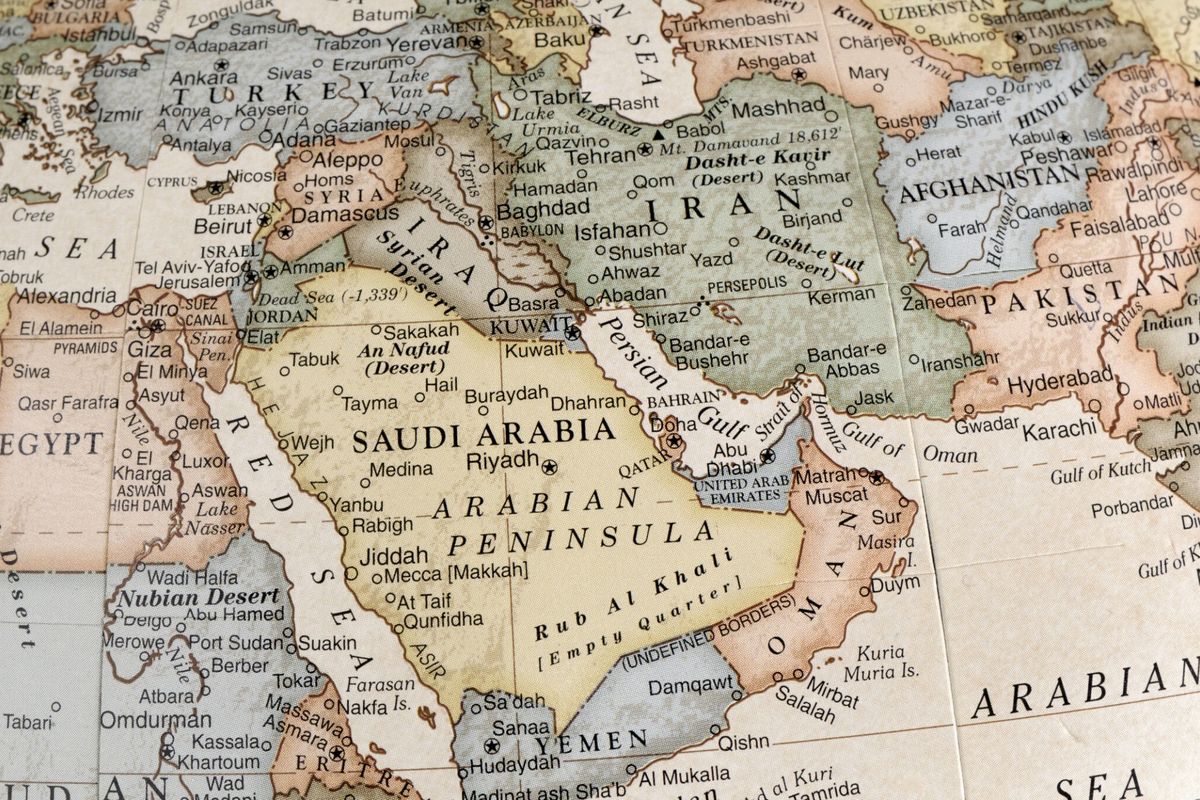Saudi Arabia’s foreign policy has taken on a new face. In Syria, Bahrain, Yemen, and elsewhere, Saudi military intervention has signaled a drastic shift from its traditionally cautious foreign policy to one that is increasingly assertive and aggressive.
What is driving this transformation of Saudi foreign relations, and how will these changes affect Saudi-U.S. relations moving forward?
It is important to underline how unique foreign interventions are in Saudi Arabian history. According to former U.S. Ambassador to Saudi Arabia and Cipher Brief expert James B. Smith, “Security in Saudi Arabia is a concept that applies to the stability of the al Saud regime much more than it applies to outside threats.” This “inside-out” approach, as Smith calls it, has historically led Riyadh to avoid direct action in favor of policies that remotely influence outside actors. This is especially true when it comes to military intervention. In essence, Saudi military policy since World War II has been simple: You don’t come in, we won’t come out.
Shi’a Houthi rebels from Yemen – a group that Riyadh believes to be an Iranian proxy – broke this status quo in November 2009 when they ambushed a Saudi patrol in Saudi territory. The Saudis saw this as a direct threat to the Kingdom’s internal stability and retaliated with the first cross-border military intervention by Saudi forces since the Saudi-Yemen war of 1934. This skirmish and the perceived Iranian threat, marked a shift in Saudi foreign policy. Since that time, the Kingdom has become laser-focused on Tehran and its ability to influence Shi’a populations in Lebanon, Syria, Iraq, Bahrain, Yemen, and possibly even Eastern Saudi Arabia. Riyadh is currently scrambling to contain this so-called “Shi’a Crescent” of Iranian influence across the region, most notably in Yemen ,where it launched a full-scale military intervention after the Houthi rebels forced Yemeni President Abd Rabbuh Mansur Hadi into exile in 2015.
However, the Riyadh-Tehran rivalry does not entirely explain the sharp turn that Saudi foreign policy has taken. The death of King Abdullah in January 2015 has also wrought a fundamental shift in the Kingdom’s internal power structure. While the new King, Salman bin Abdulaziz al Saud, is still a member of the second generation of Saudi rulers and the 25th son of the founder of modern Saudi Arabia, King Abdulaziz Al-Saud, he has quickly transferred control of the kingdom to a younger, more energetic generation. In April 2015, Salman named the influential Interior Minister, 56-year old Prince Mohammed bin Nayef, as the third generation’s first Crown Prince. But many believe that it is King Salman’s 30-year old son, Prince Mohamed bin Salman, who is truly driving the radical transformation in Saudi foreign and domestic policy.
Named Defense Minister in January 2015, Prince Mohamed was widely seen as the architect of Operation Decisive Storm, the month-long air campaign that initiated Saudi Arabia’s 2015 military intervention in Yemen. One of the strongest voices urging for more aggressive action against Iranian expansion, Prince Mohamed has also been connected to the controversial decision to execute Sheikh Nimr al Nimr, an influential Shiite cleric, in January 2015.
Soon after, Prince Mohamed was also appointed chair of the newly created Council for Economic and Development Affairs, where he has led a campaign to overhaul the Saudi economy. Collectively called the “Vision 2030” plan, these reforms aim to end Saudi reliance on oil. They include radical ideas such as floating a 5 percent stake in the state-owned oil giant Saudi Aramco, cutting wasteful subsidies and cushy government sinecures, and even levying taxes on a population that has never had to pay. Finally, in April 2015, King Salman named Mohamed bin Salman Deputy Crown Prince, possibly placing him in a position to leapfrog his older cousin, Nayef, as claimant to the throne.
Where does all this leave the United States? There can be no doubt that the Saudi-U.S. relationship has cooled in recent years. President Barack Obama’s willingness to strike a nuclear deal with Iran never sat well with Saudi policymakers. Now that the Joint Comprehensive Plan of Action (JCPOA) has been signed and sanctions on Iran lifted, many in Riyadh have lost faith in the American alliance, increasingly looking to countries like Egypt, Turkey, and even Israel for new partnerships. Riyadh’s distrust is often mirrored in Washington, where policymakers wonder whether Saudi Arabia’s long history of support for jihadist groups and unpredictable new foreign polices really match U.S. interests.
At the end of the day, however, “None of the plausible alternatives can match America’s military and diplomatic capabilities,” writes Carnegie Endowment Associate and Cipher Brief expert Perry Cammack, and therefore, “Riyadh has no real alternative to Washington as its core security partner.” Furthermore, many U.S. policymakers fear that an American retreat from the Saudi alliance could spur the Kingdom to pursue even more inflammatory policies, such as the development of nuclear weapons. Overall, Cammack explains, “we’re entering a ‘new normal’ in U.S.-Saudi relations, in which both sides cooperate on issues of mutual interest but increasingly disagree on a range of regional and international issues.” In short, don’t bet on a return to the friendly old days anytime soon.
Fritz Lodge is an International Producer with The Cipher Brief.












